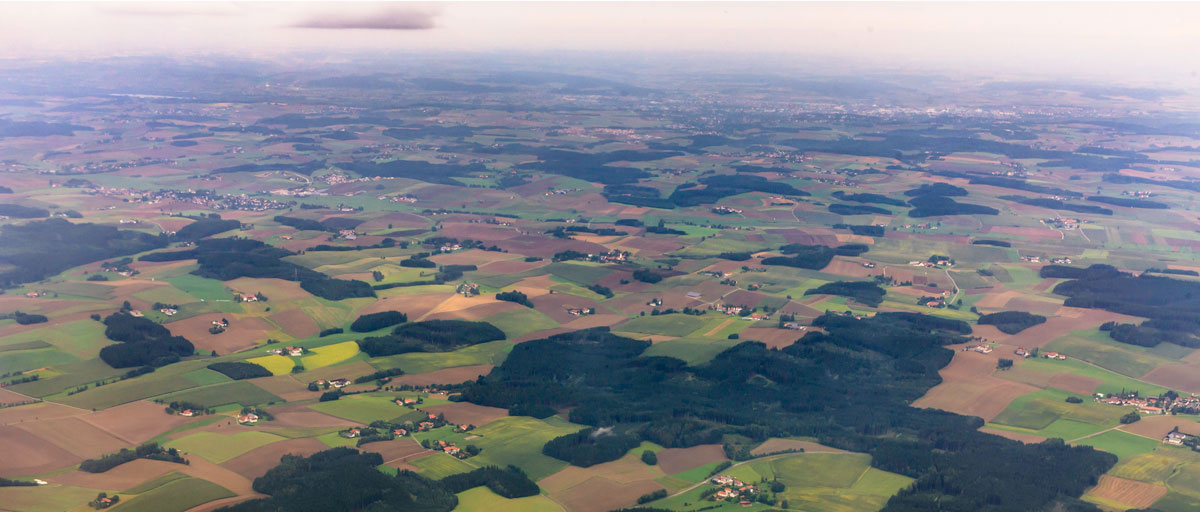Standfirst
What a “safe and just” future for people and planet means
Leading social and natural scientists present an approach to define a “safe and just corridor" while addressing the limits of our planet
- Science paper lays out the conceptualization of a “safe and just” future for people and planet
- It will assist in quantifying the conditions for the planet’s systems to avoid dangerous tipping points and ensure just sharing of risk, responsibilities and resources for all
- The paper is part of The Earth Commission assessment of planetary thresholds, due to be published in 2022
JUST RIGHT: The Earth Commission, an international group of leading scientists hailing from social and natural disciplines, has outlined a challenging and fundamental core framework for their work.
In a paper published in Earth’s Future, the commissioners lay out their conceptualization of a “safe and just” future for people and planet.
The “safe and just corridor” framework will assist the Earth Commission in quantifying what conditions for the planet’s systems to avoid dangerous tipping points and ensure just sharing of risk, responsibilities and resources for all.
The Earth Commission, which is hosted by Future Earth and is a part of the Global Commons Alliance, considers how all of Earth’s biological and physical systems interact, with consideration of justice for people that rely on these systems.
Stockholm Resilience Centre researchers Juan Rocha and Steve Lade are part of the Earth Commission and were involved in developing the framework.
"This paper sets out the conceptual framework that the Earth Commission will use in their work. It is a great first step towards their goal of assessing what constitutes a safe and just future for people and the planet," says Steve Lade.
“Getting it right when it comes to setting safe and just targets can help nations, businesses and cities to channel actions towards sustainable development," adds Juan Rocha.
Targets must be 'just'
'Safe’ in this framework means not transgressing the limits of the planet’s systems on which we rely.
“That means we need intact ice at the poles and mountain glaciers. It means that we don’t put too much nitrogen or phosphorus into natural waters, so that ecosystems can still function to support a stable and resilient planet," says Dahe Qin, a cryosphere specialist at the Chinese Academy of Sciences, in Lanzhou, China, and a Co-Chair of the Earth Commission.
“At the same time, we need to see if the safe targets are also ‘just’ and in line with the sustainable development goals,” adds Joyeeta Gupta, a Co-Chair of the Earth Commission and professor at the University of Amsterdam.
The paper's two dimensions of ‘just’ cover ‘harm’ and ‘access’. Given current inequalities, it is possible that meeting the needs of all may lead to transgressing the safe limits, for example, when it comes to land use or nitrogen and phosphorus releases to the environment.
"At the same time, safe limits from a biophysical perspective may not be safe enough for all people on our planet," says Gupta.
Humans at the forefront
The Earth Commission assessment of planetary thresholds, due to be published in 2022, will be one of the first to put humans at the forefront in a safe and just transition, while addressing the limits of our planet.
“Humans are central to the limits and targets. We are taking the decisions that are driving global change and that determine our development pathway,” says Kristie Ebi, an Earth Commissioner and professor at the University of Washington (USA).
“We are pushing the planet too close to tipping points and threatening livelihoods of people across the world. A solution is to scientifically define safe and just targets for human development on a stable and resilient planet. The Earth Commission makes the first attempt of addressing this urgent challenge,” saysJohan Rockström, a Co-Chair of the Earth Commission and first author of the paper. He is director of the Potsdam Institute for Climate Impact Research.
Read more: "Identifying a Safe and Just Corridor for People and the Planet"
Rockström, J., Gupta, J., Lenton, T.M., Qin, D., Lade, S., et.al. 2021. Identifying a Safe and Just Corridor for People and the Planet. Earth's Future. Volume 9, Issue 4 April 2021. DOI: 10.1029/2020EF001866









